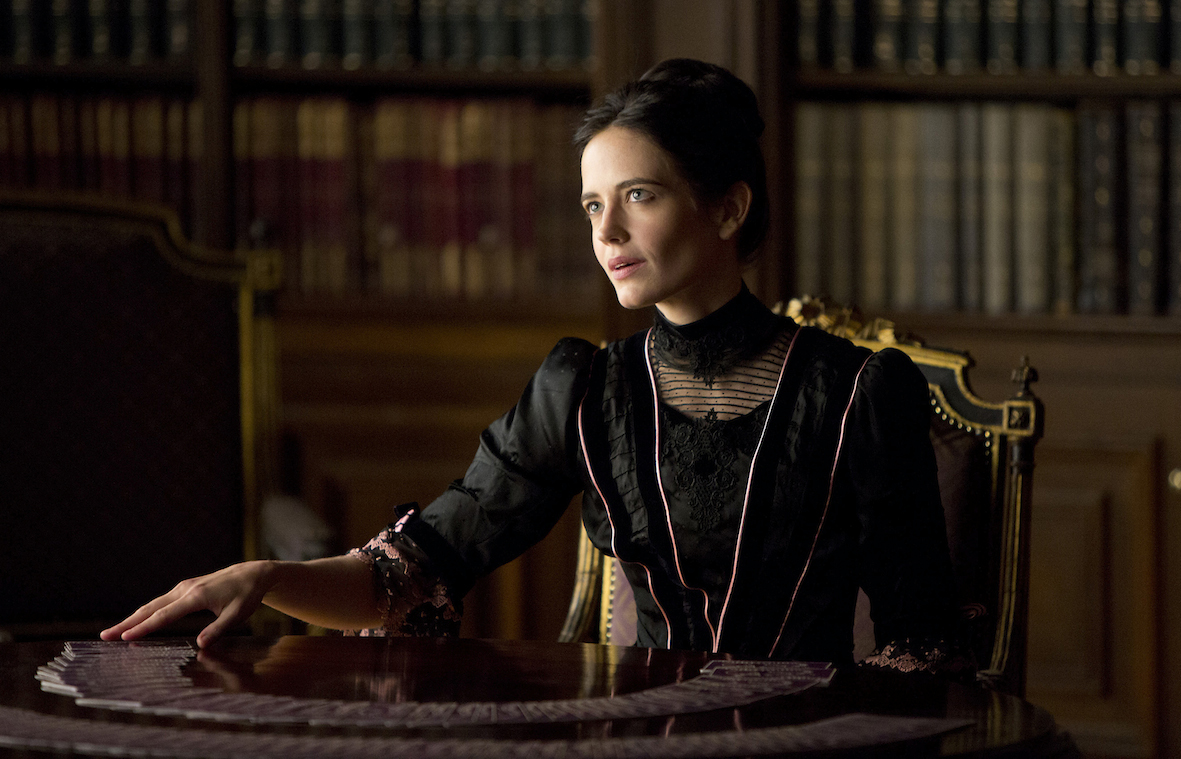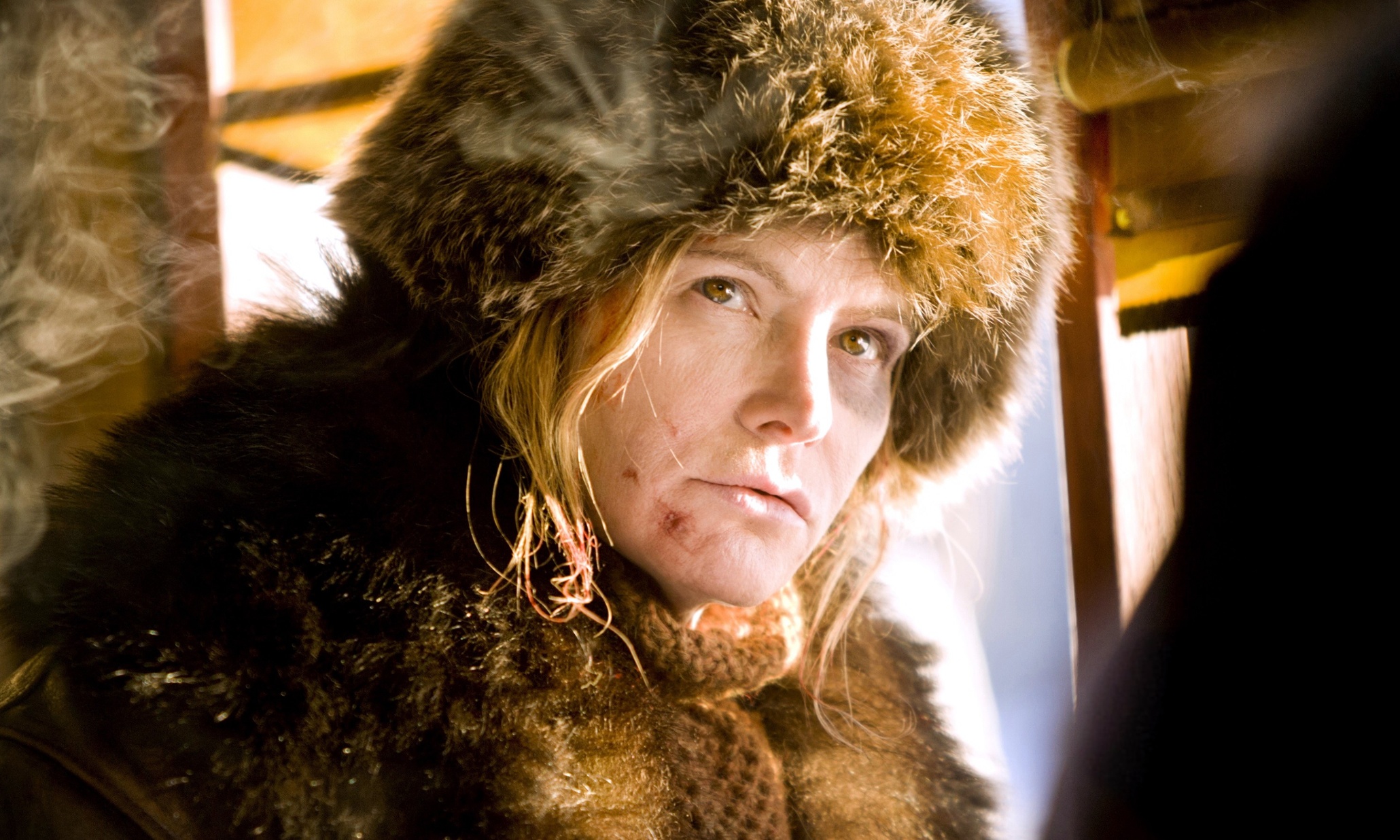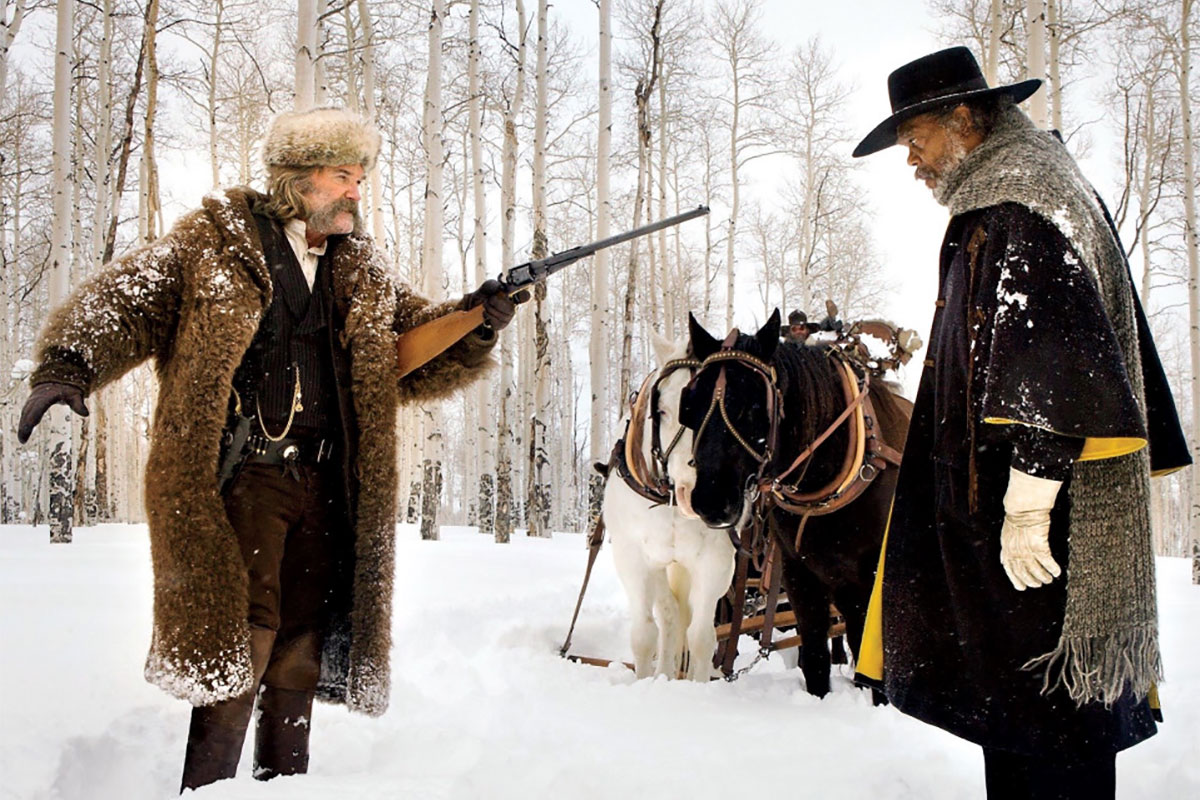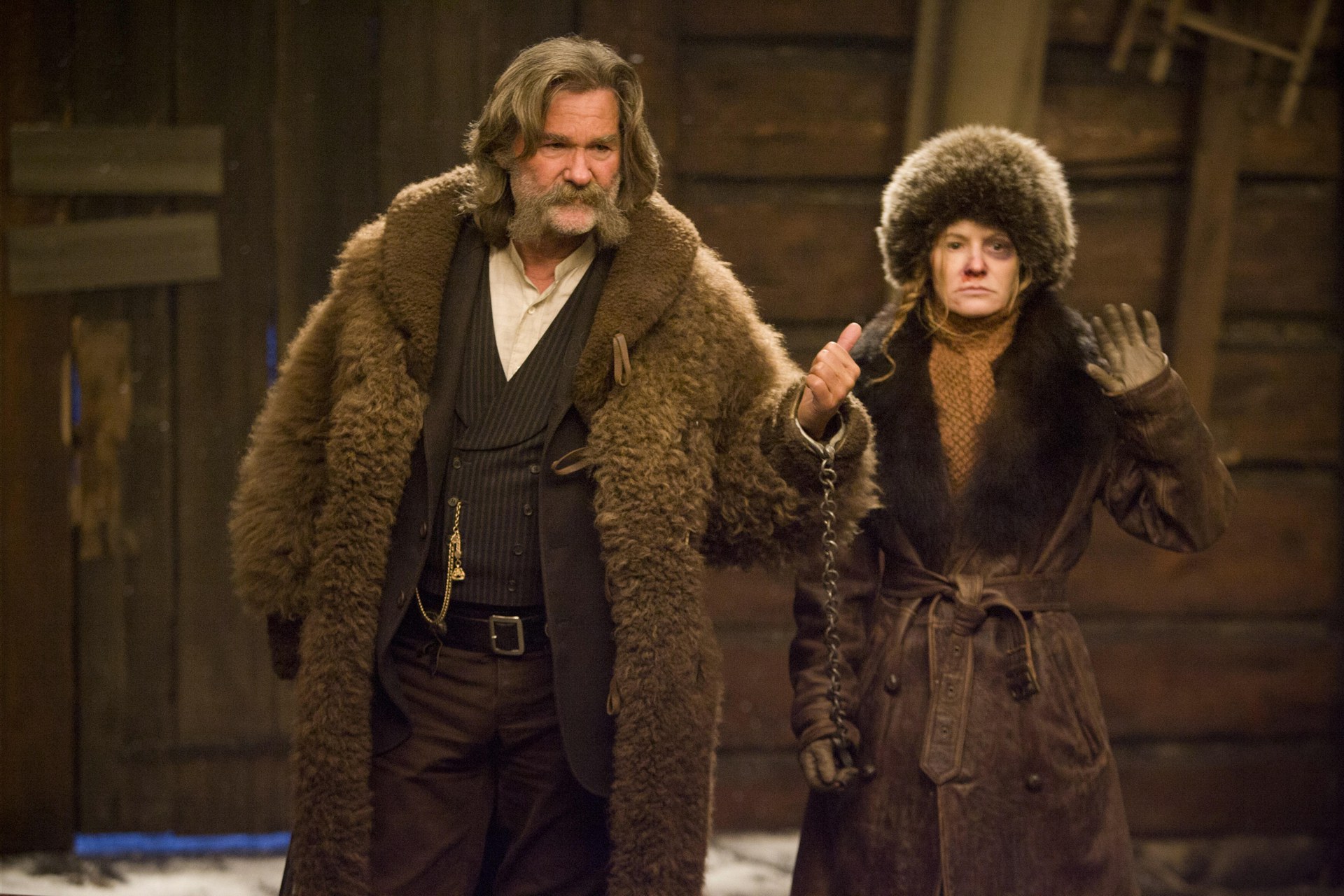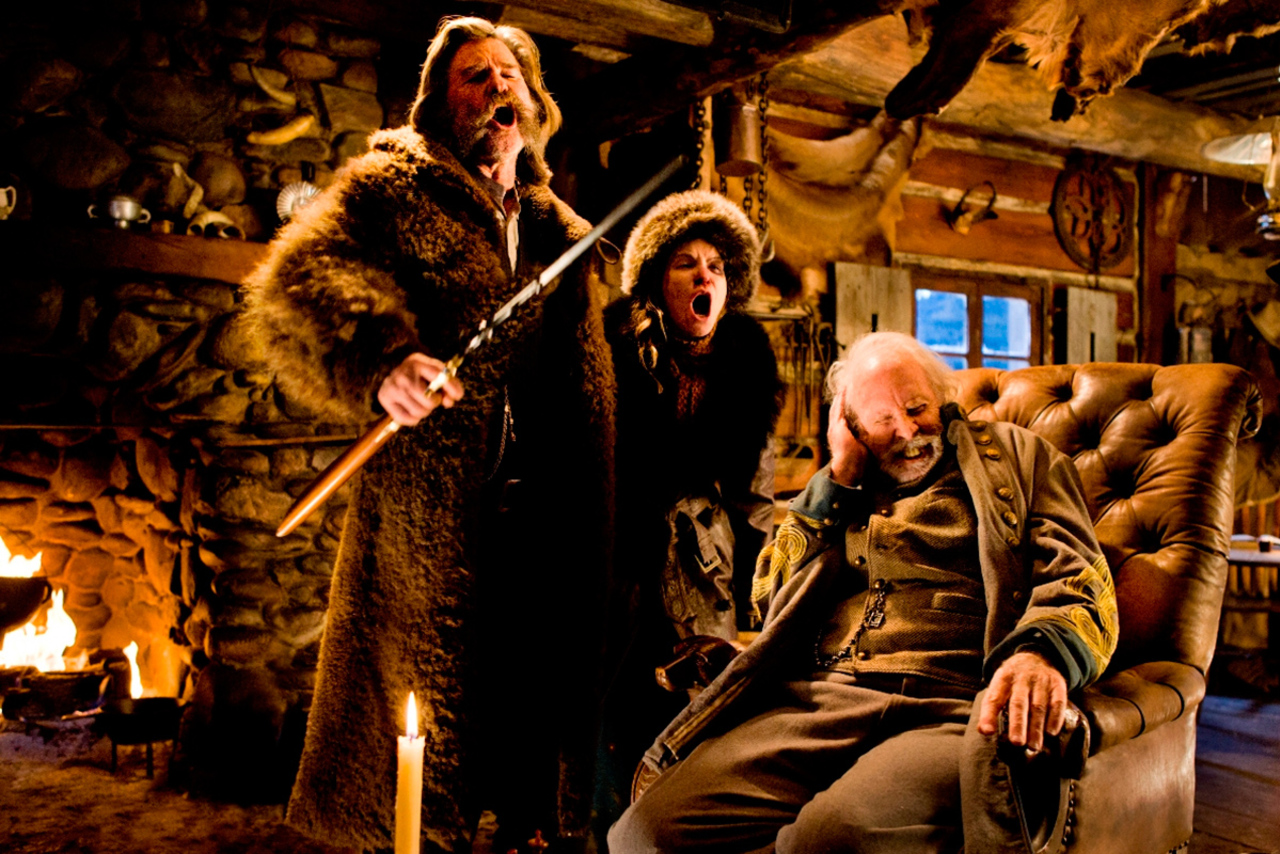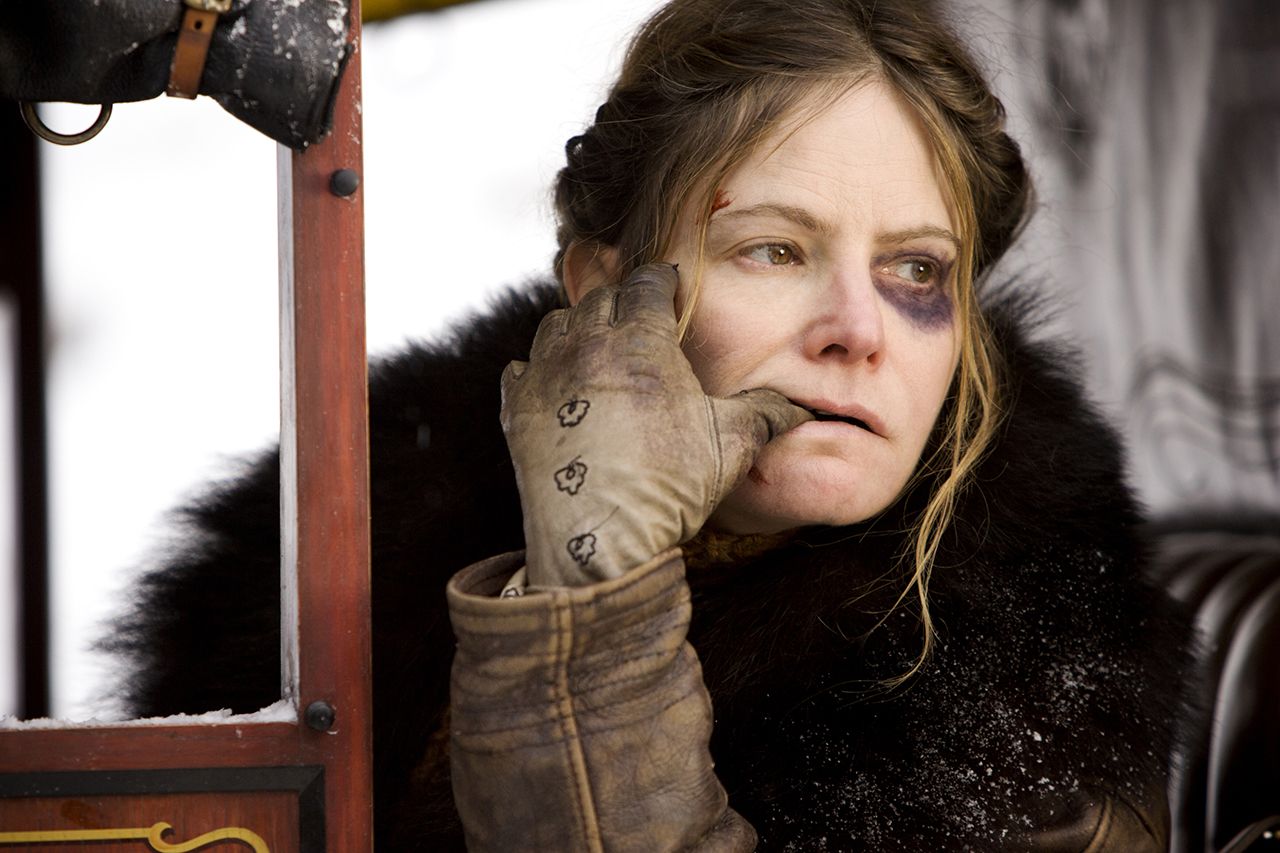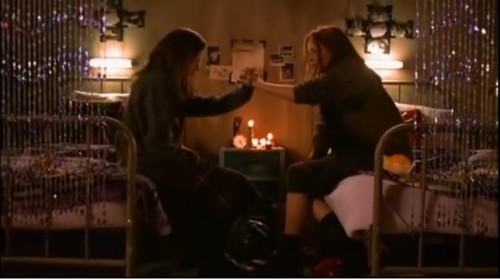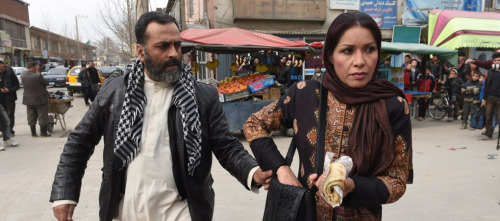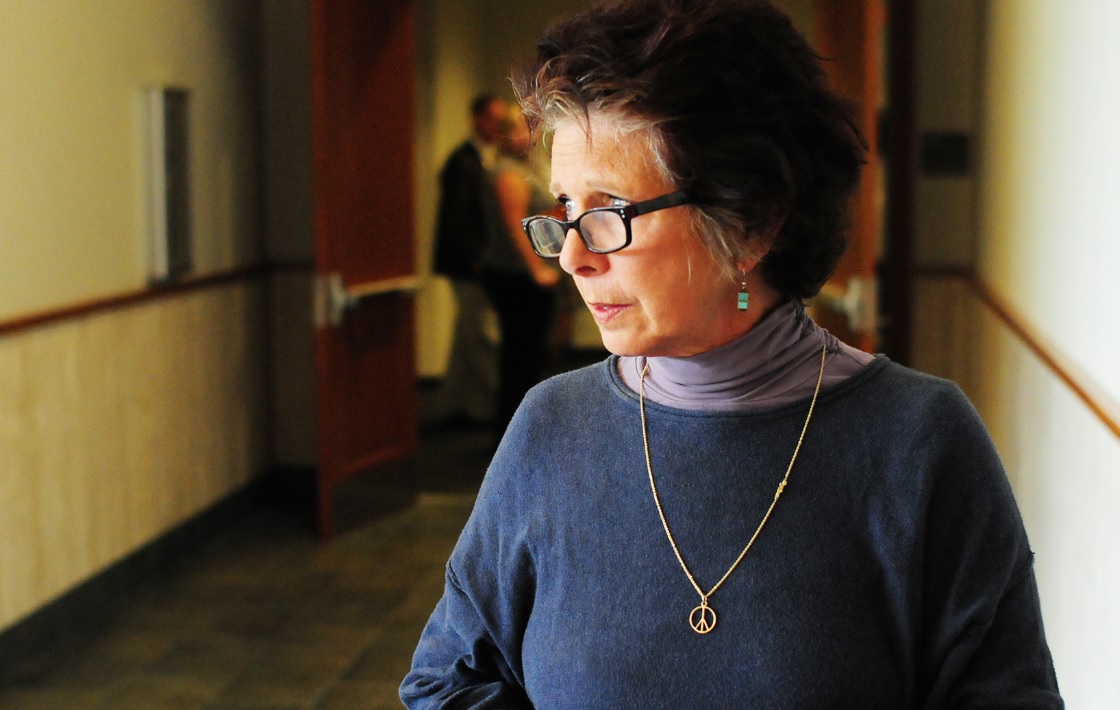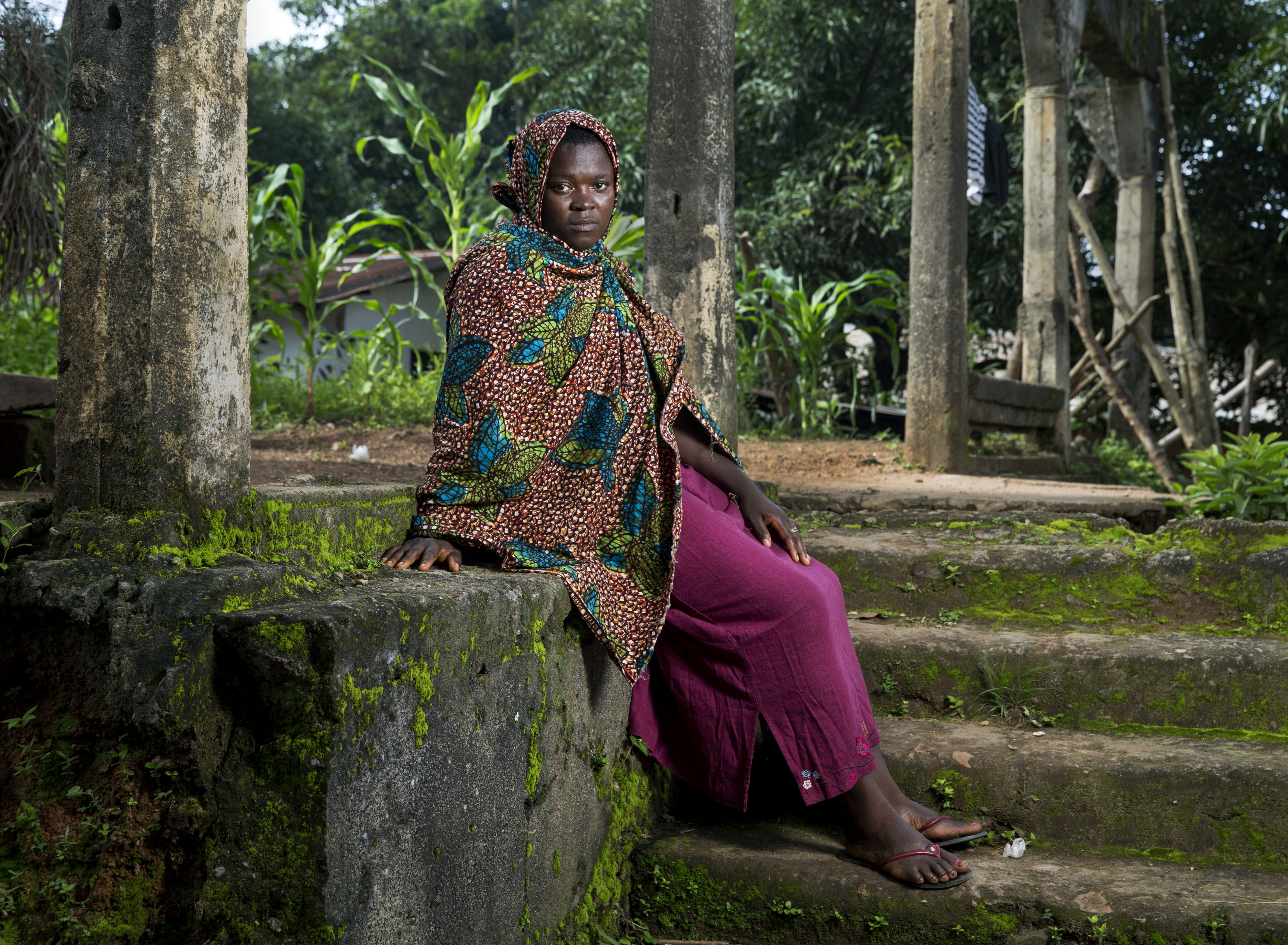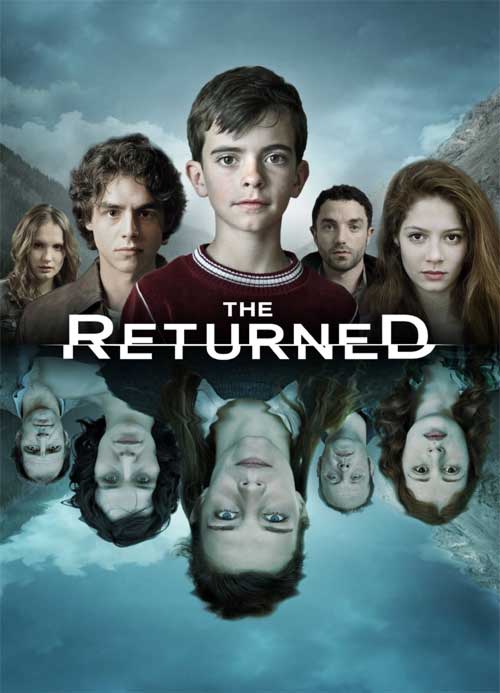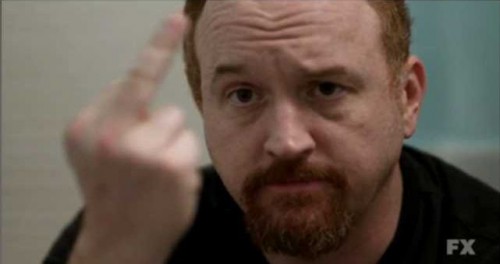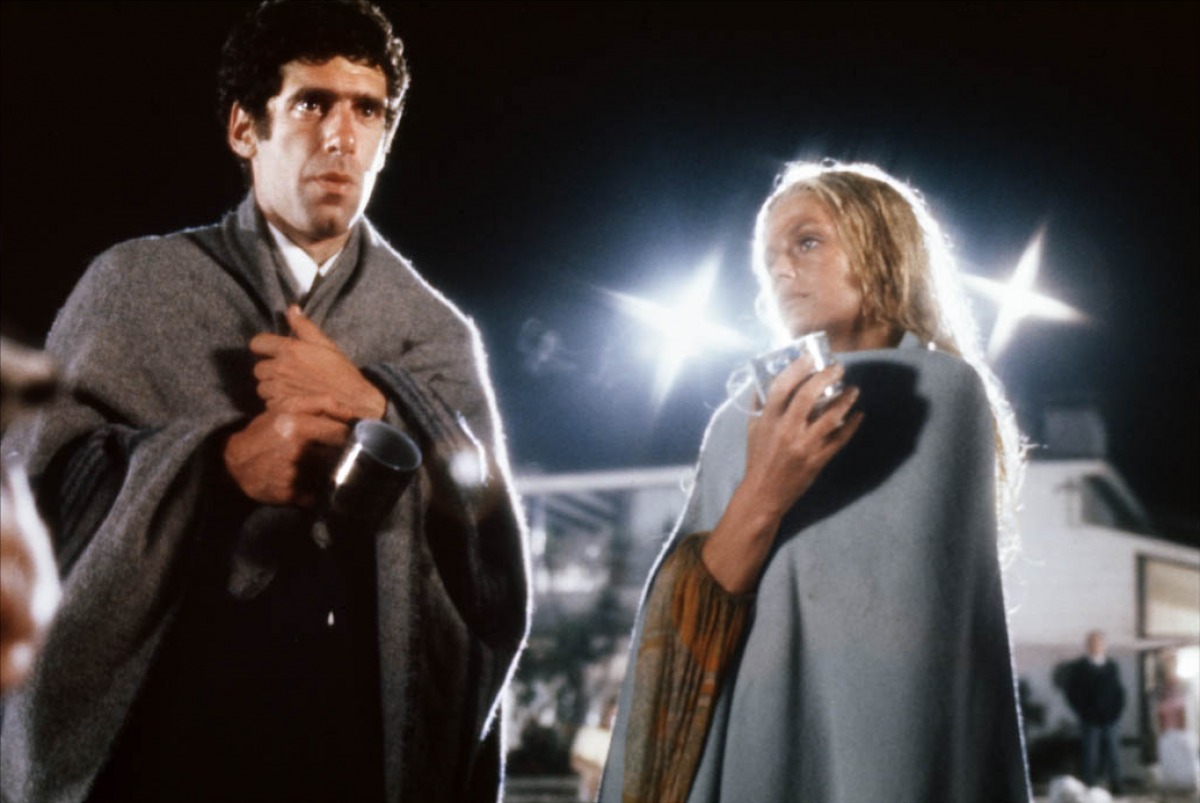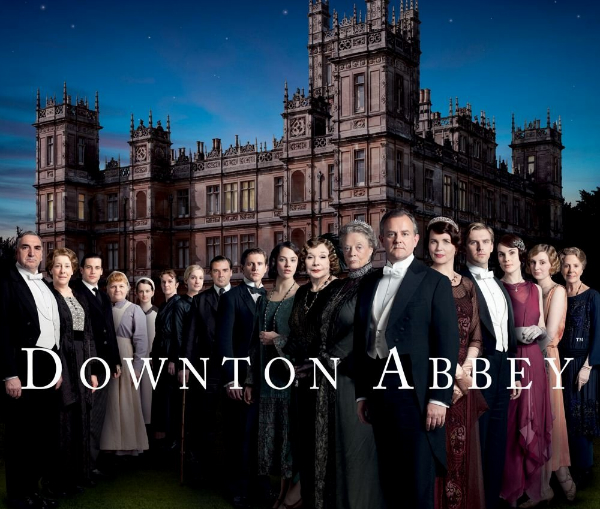This guest post written by Holly Derr is an edited version that originally appeared at her site. It is cross-posted with permission. | Spoilers ahead for Penny Dreadful.
When what film critic David Edelstein called “torture porn” became a trend in 2004 and 2005, its relationship to the growing awareness that the U.S. had become a country that tortures was clear. On-screen representations of people being tortured by evil but human monsters served as a means of taking what had been kept secret about Abu Ghraib and putting it in full view in all its gore. Even films like Hostel and Turistas, that deliberately built their stories around Americans in foreign locations, served as a kind of collective catharsis upon accepting that our country also engaged in such horrific practices.
Twelve years later, with the Saw franchise eight movies in, torture porn has made its way into television. Between American Horror Story and The Walking Dead still going and Penny Dreadful having recently ended, it occupies a fairly important space in the supernatural television landscape.
For this year’s Feminist Guide to Horror Movies, I had the ridiculous idea that I would watch all three of these television series from beginning to end, determining, if not which show is most feminist, at least which is least sexist. I couldn’t do it. I made it through only one show all the way – Penny Dreadful – and in the course of just three seasons I watched women tortured by demons from the inside out, tarred and burned alive, branded, poisoned, smothered and brought back to life, a woman was driven to cut her own throat, and multiple women were shot by their father, creator, and closest friend.
Bringing together characters from Dracula, Frankenstein, Dr
The potential for feminism is high. The focus of the show on a woman, Vanessa Ives (Eva Green), as its protagonist gives the audience a chance to identify with and follow the story through a woman’s perspective. Patti LuPone’s second-season cut-wife character Joan Clayton – unnecessarily violent depiction of abortion aside – is a strong, single mentor and good witch/doctor. Her third-season psychiatrist, a gender-flipped Dr. Seward from Dracula, is a smart woman succeeding in a man’s world who can handle herself in a fight to boot.
But the show’s feminism falters by treating the female characters differently from the male ones. Though minor male characters in Penny Dreadful are the victims of some pretty horrifying violence, too, the women really get the worst of it, and there are fewer of them to start with. Furthermore, for the male characters, the connection between what haunts them and their sexuality remains the subverted metaphor that it is in the Gothic horror novels in which they were created, with greed, ambition, and failure to be a good father/son mixed into an all-encompassing idea of their sins/demons.
For Vanessa Ives, however, acting upon her sexual feelings literally brings out the demon in her, creating a one-to-one relationship between her sexuality and her dark side. Though her suffering is centered, her character is actually less complex and therefore less fully human than the male ones. Other than one early sexual misstep, she has no flaws at all. To make matters worse, the female character who fully owns her sexuality, Brona/Lily (Billie Piper), one of Dr. Frankenstein’s creatures, is also a fully evil murderer, even when she connects to the early feminist movement and becomes a leader of disenfranchised women.
Finally, the presence of the same female body (Patty LuPone’s) in two different characters (something that is not a recurring aspect of the show, as it is with American Horror Story, but rather only happens with this one actor) keeps female heroism in the realm of archetype. In fact, the most interesting character in the series is not Vanessa Ives but the werewolf, Ethan Chandler (Josh Hartnett), whose relationships with three different father figures and his past as a soldier and an adopted Apache give him far more to grapple with than his sexuality (which is interesting as he is a queer character), which, despite the Victorian setting, doesn’t seem to be a problem for him at all.
No possible alternative to her fate is ever implied for Vanessa Ives, for whom acting on her sexual desires is to bring about the end of the world, and the audience is given little opportunity for hope. Accordingly, Penny Dreadful lacks a key component of horror: the moments of relief, whether in the form of humor or love, that are essential to keeping audiences vulnerable to the coming terrors – nothing is so rewarding when watching horror as a laugh that turns into a scream. Torture porn as a genre has very few of those moments, creating a rhythm that is not about suspense and jump-scares but merely about the ongoing horror of watching, head on, what terrible things people will do to people.
Penny Dreadful comes close to performing feminist work by showing how hard it is for women to live in a society that thinks of their sexuality as dangerous and their bodies as “nasty” and “disgusting,” with blood coming out of their wherevers. In the end, however, it doesn’t just depict the oppression of women, it reifies it, concretizing the idea in audience’s minds by making the women’s suffering disgusting.
I couldn’t get further than one and a half seasons into American Horror Story, which puts even more torture on screen than Penny Dreadful. Though some bad things happen to the men in that show too, the rape, mutilation, deliberate transmission of the bubonic plague, and unnecessary amputations in the episodes I’ve seen are reserved for female bodies. The buzz around this year’s season premiere of The Walking Dead indicates that it has gone from being a means of examining the variety of ways that people form societies and families to a means of examining the variety of ways people kill one another. Some scenes in the premiere were too graphic to be shown during prime time in the U.K.
At this point, our culture is no longer using torture porn to work out our guilt about our conduct abroad. Small screen torture porn, at least in the cases of American Horror Story and Penny Dreadful, seems to be serving rather to take our fear of sex and women out of the dark and into the light, giving us an opportunity to vicariously take women apart and show them as disgusting as a substantial portion of our society fears we might be.
Perhaps these depictions of torture are a necessary step to take before we finally accept that sexual women are not demonic, the women’s movement is not led by a superhuman killer with a vagenda of manocide, and our bodies don’t need to be tortured to be made pure. If anything good can be said about recent public discussions of sexual harassment, abuse, and oppression, it’s that they are public. Women all over the country are sharing their stories of being grabbed in the pussy and kissed against their will, women are owning the descriptor of “nasty” as a badge of pride, and women are refusing to be seen as anything less than fully human, inside and out.
Unfortunately, Penny Dreadful doesn’t ultimately reject the notion that women need to be tortured to be sure that they’re not evil. I can’t tell you where American Horror Story and The Walking Dead are going because, even though I am a hardened, life-long horror fan, I can’t take any more torture, and I don’t want to keep seeing bodies, and women’s bodies in particular, used to create disgust.
I watch horror because identifying what we are afraid of tells us a lot about ourselves, but also because it’s fun to be scared. As my Halloween binge-watching experiment draws to a close, I’m a lot more scared by what it means that torture porn TV is so popular than I am by torture porn itself.
See also at Bitch Flicks:
Holly L. Derr is a feminist media critic who writes about theater, film, television, video games and comics. Follow her @hld6oddblend and on her Tumblr, Feminist Fandom.
